Hokkaido. Rebun island. August 2024. Part 1. Island snapshot and some logistics.
PTSD. A new definition.
Part 2 is here. Part 3 is here.
Many places have their characteristic smells or sounds. First coming to mind is pedestrian lights staccato in Hong Kong. In Bangkok when I move towards taxi/ridesharing parking lots it is often an aroma of Thai tea. In Gimpo airport Seoul I often ask myself whether I already smell kimchi…
Rebun Island has a unique smell, or rather a combination of scents of multiple flowers, sea breeze and seaweed. At least this is my interpretation. For sounds it is seagulls. Not your monotonous mew or keow, but Putonghua-like tone rising or laughing or sometimes even crying as if the seagulls exchange their life stories between themselves and with humans understanding “Seagullian”.
Visiting Rebun Island is not another trip I make and forget. It is on a top shelf already. The impressions, smells and sounds resonated. The island is now in a “come back” category, to know more, to appreciate further or get wider picture and forget. I don’t know yet. Here is the story.
Rebun island carved.
Population - 2,200 (2024), shrinking. Belongs to Soya subprefecture of Hokkaido territory, Japan. 40 km from Wakkanai and 10 km to neighboring Rishiri Island. “Rebun” - “island in the open sea” (ainu language). Tourism, fishing. Unique alpine flowers (around 300 species), some existing only on Rebun. Windswept grasslands with some mix of conifers (pines). Lush green. Two major centers - Kafuka, near ferry terminal, and Funadomari on the opposite northern side of the island close to cape Sukoton. One convenience shop and around five food stores, some proudly calling themselves “supermarkets” which is a bit of a stretch but why not.
The island is long and narrow, in a way shaped like penguin head down, legs representing Cape Sukoton on the west and Cape Kanedano on the east. Size is roughly 20x5 km. Circumference - 72 km. Driving is possible only on the eastern side of the island, west is mostly rocks and cliffs.
Ferry ride.
Ferry from Wakkanai to Rebun takes 2 hours. You can book 1st or 2nd class. 2nd class comes with reserved seats or common tatami space (a bit cheaper). If you are on a budget, the best way is to buy non-reserved option (3290 JPY) and move to the aft deck under the main deck where there are plastic chairs or just enjoy the views from the upper deck weather permitting.
Regardless of the class you have purchased, you can spend the whole trip outside, the views are great, and the air is fresh.
So, I made up my base outside, at the back of the 1st class salon, cup of tea ready, gazing at stern, port and starboard and the sky.
The local geographical “celebrity” Mount Rishiri (often called Rishiri Fuji) is showing off on a bright clear day. I learnt later that such days are a rarity here.
The island is approaching. Ahead is Kafuka port and a kind of downtown area of the island. Did I think it will look like this? May be…
I am all anticipation. The names of the trails and capes already in head, directions more or less clear. Anticipation is the best part of the travel. Often. Is not it?
Accommodation and food.
Rebun is a hiker’s paradise. Before I move to the sceneries I have experienced, since I already started on “logistics” of getting to the island, I will touch on the other two staples. Where to sleep and eat.
Apart from the usual online search I can recommend places where I stayed.
On a higher end, Mitsui Kanko Hotel. 10 minutes’ walk from Kafuka terry terminal. Spacious rooms, comes with breakfast and dinner (could not avoid), dinner varies day by day, seafood mostly. Breakfasts are standard buffet, Japanese and Western. Outdoor and indoor common use hot baths. No sauna. Best feature of the hotel is the views from the room (weather and room location permitting). Best room will be 638, top floor, in the corner.
Another good option also in Kafuka area is ryokan Shimanoyado Rebunshiri. You will get a tatami room only (around 4x5m), no toilet or shower, which are in a common area. However, most amenities, including green tea, are provided. You can even book breakfast bento upon check in.
If you choose to stay on the north side of the island, near Cape Sukoton, a fellow blogger recommended to me minshuku (guesthouse) Rebunese.
Obviously, those are not the only options, I think there are around 20 properties or so in total. But regardless of where you stay and if you like Japanese onsen, at least once you need to visit Usuyuki Onsen (5 min. walk from ferry terminal).
For 600 yen you will get access to sauna, cold, hot, extra hot and outdoor baths with a sea view.
Food. Not many options. You can always buy supplies at the island’s only convenience shop or at Marine Store and a few other similar small retailers. Most cafes and restaurants are again concentrated near ferry terminal, and you often need to book.
I definitely suggest restaurant Kafuka. Plenty of food options and a view of Rishiri island if you secure a window seat (call 1-2 days before to book).
For lunch and dinner good place is Robata Chidori specializing on grilled fish.
Another simple lunch place with a small menu is cafe Ru-we, just opposite ferry terminal.
All in all, important is to plan beforehand and book where possible, the town gets empty and quiet in the evenings. That is the beauty of it to me.
Rebunese small community also like their little festivals. I had a chance to enjoy one large family-like atmosphere during one such celebration. People serving beer at the same time drinking this very beer, kids running between the benches, small cooking stalls, definitely most people knowing each other, seagulls excited to see rare view of so many people.
It felt comfortable to walk around, sip a beer, have oden and chat with different people. “Winters are harsh, minus 10 or colder”. “Best place to live”. “You are lucky, it is such a good weather today”…
Writing these notes on a train near Yokohama, already on a “big land”, I suddenly felt like travelling back in time. And be the part of this live movie again. It happens. I call it PTSD - post travel senses disorder. It is mild but stimulating. To travel again.
I will write about nature walks in Part 2. And Part 3.
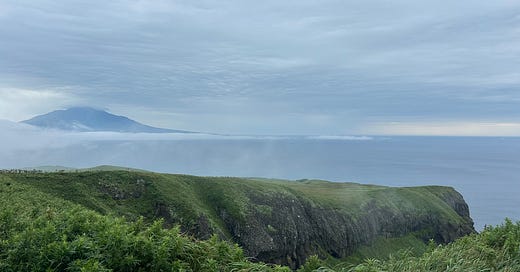





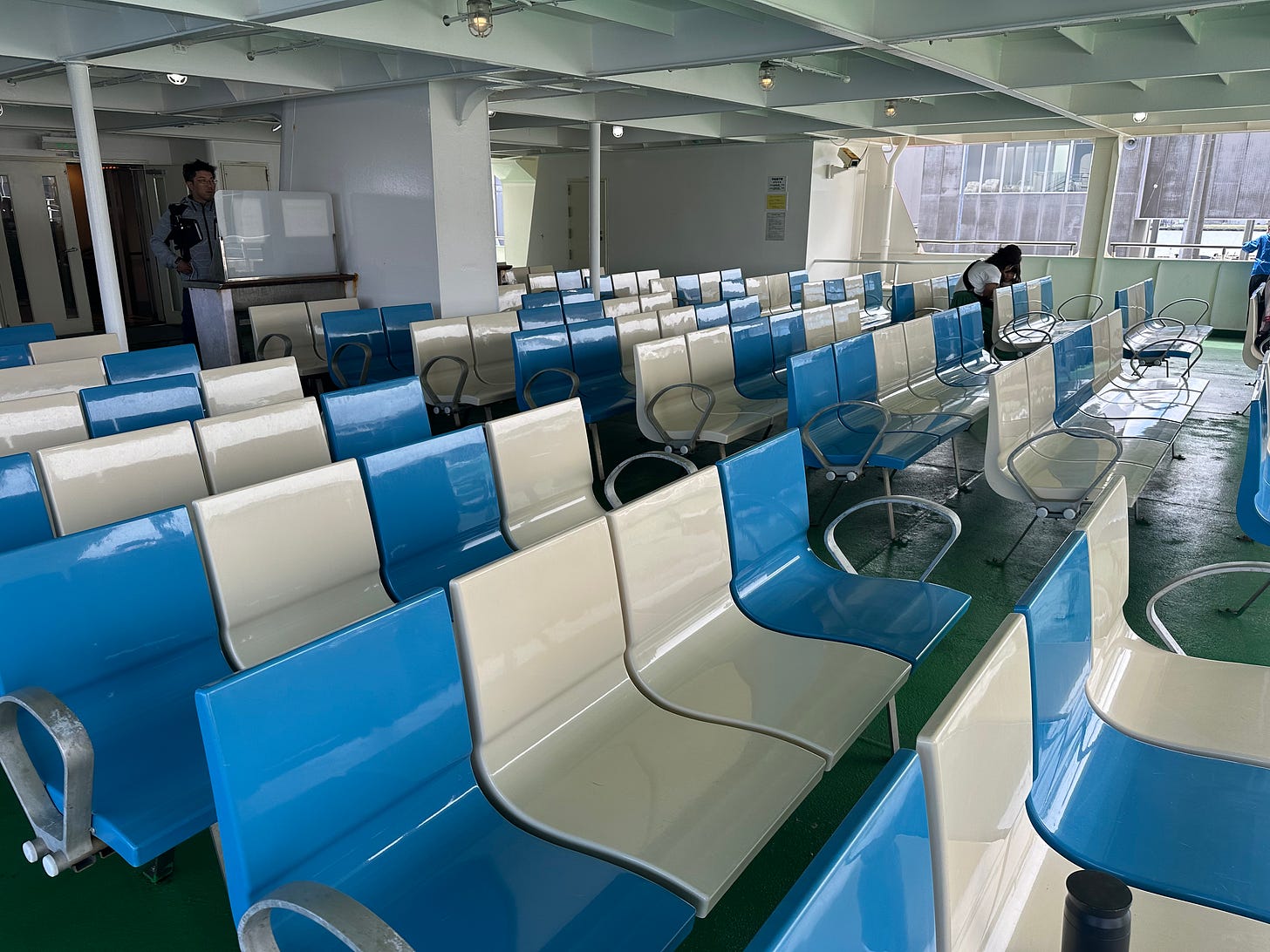
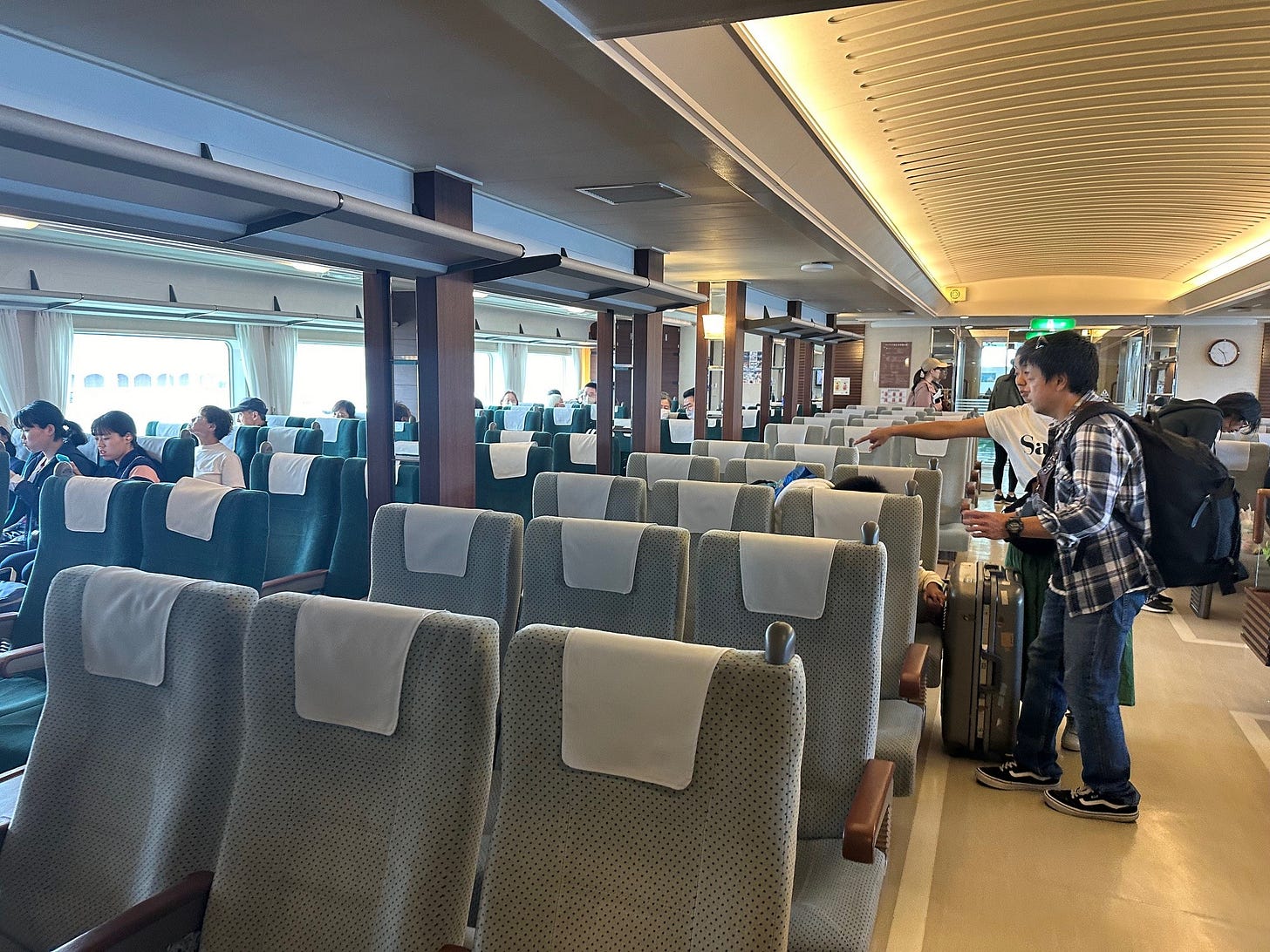
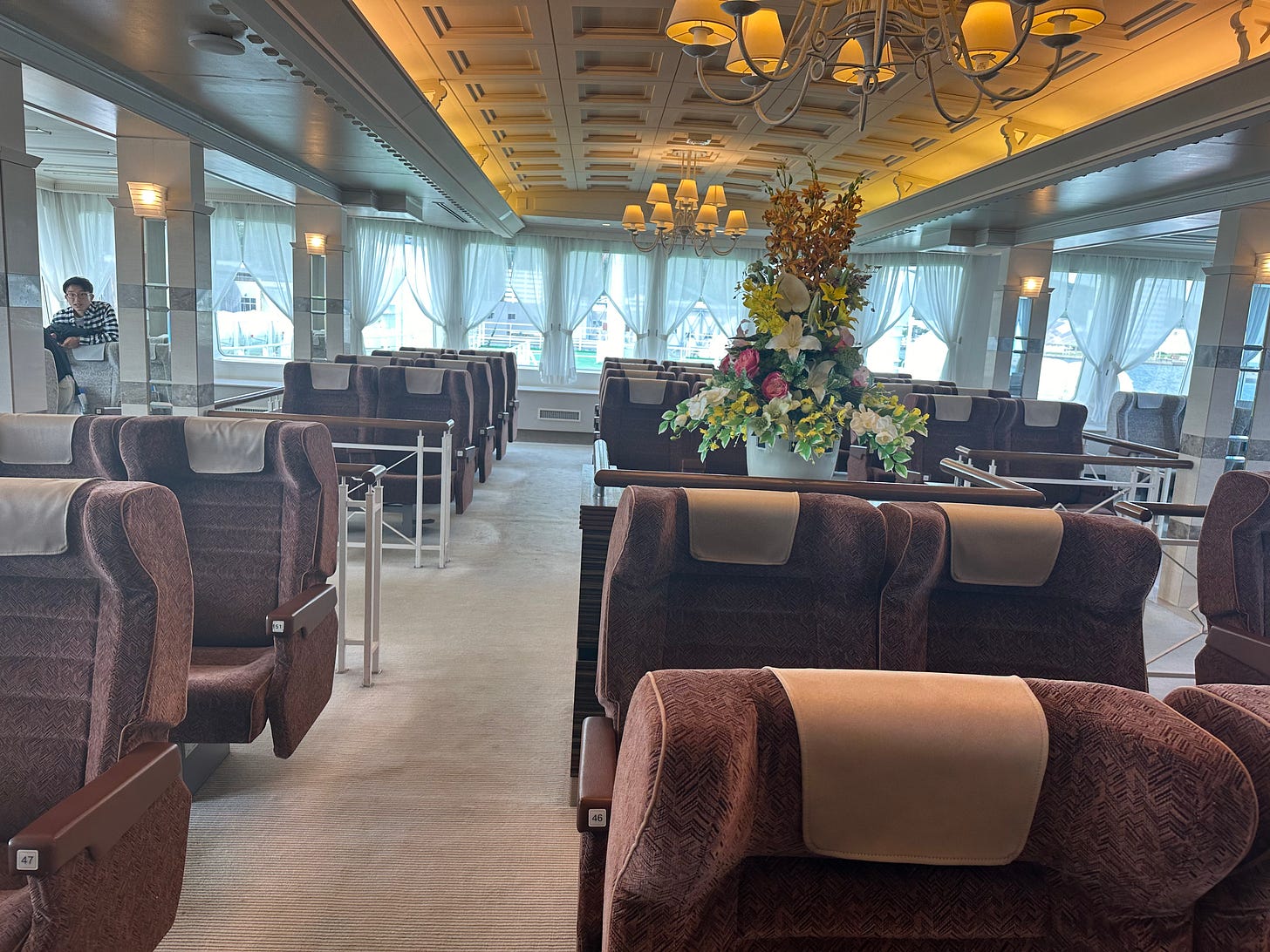
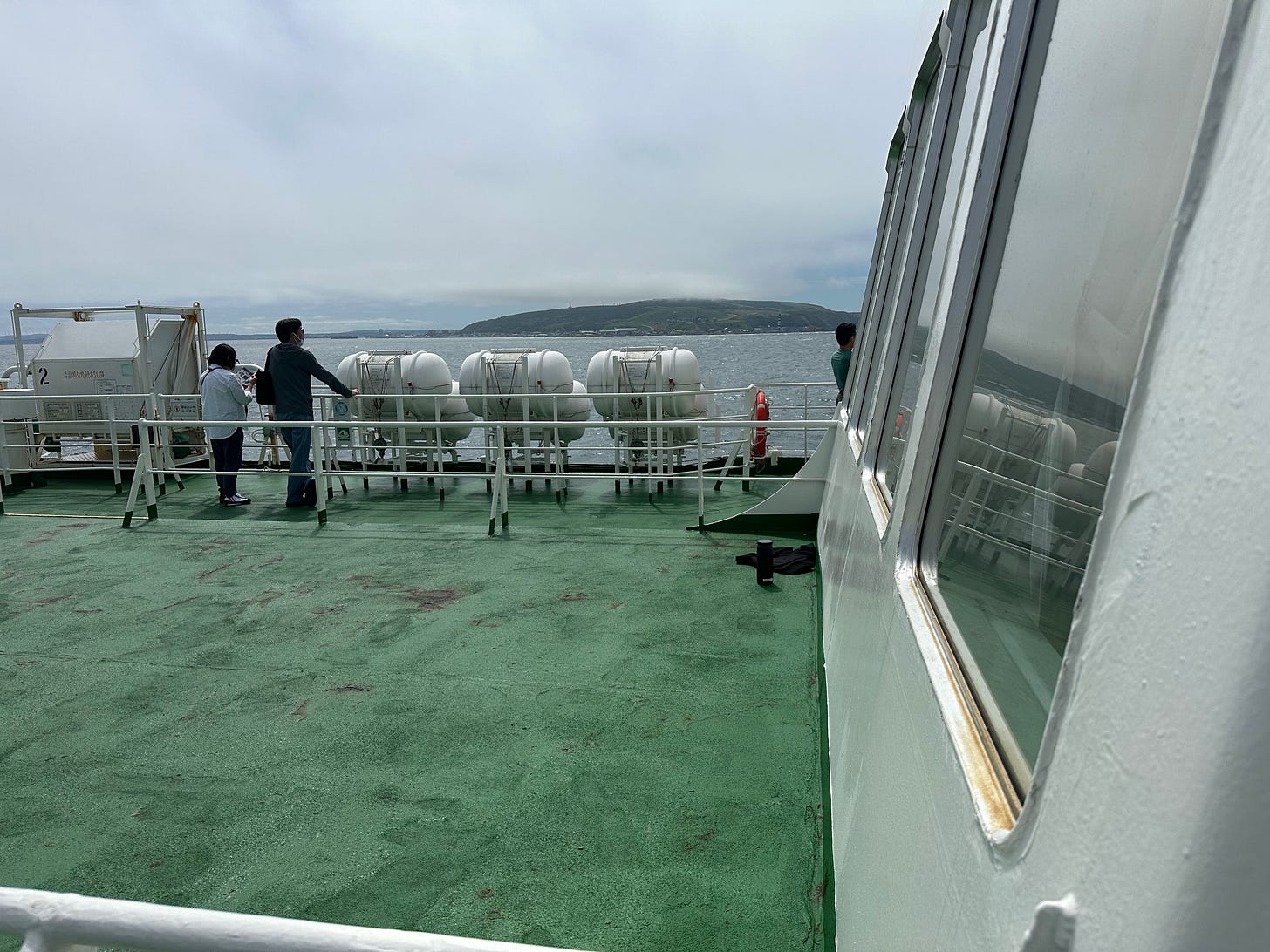
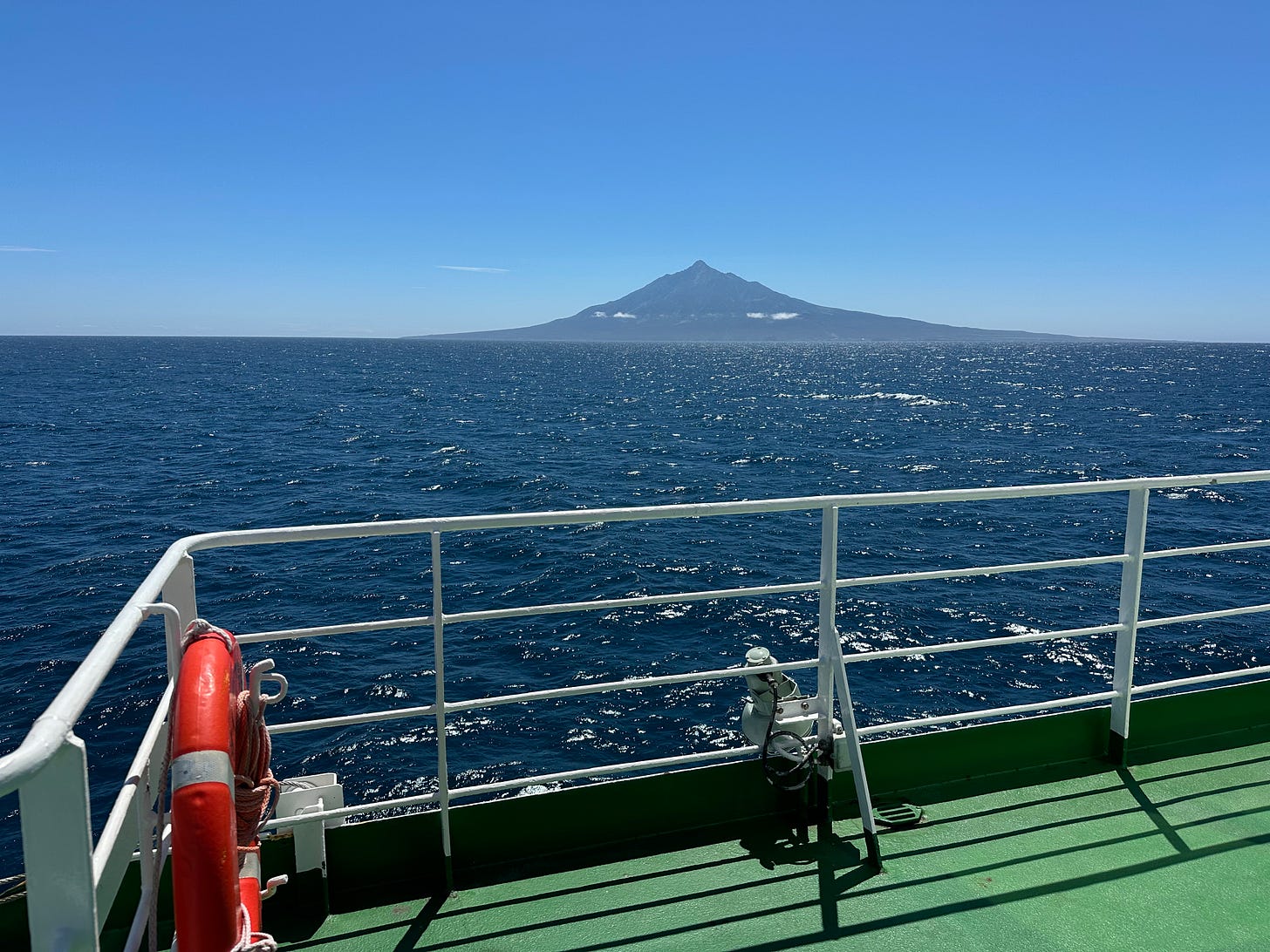
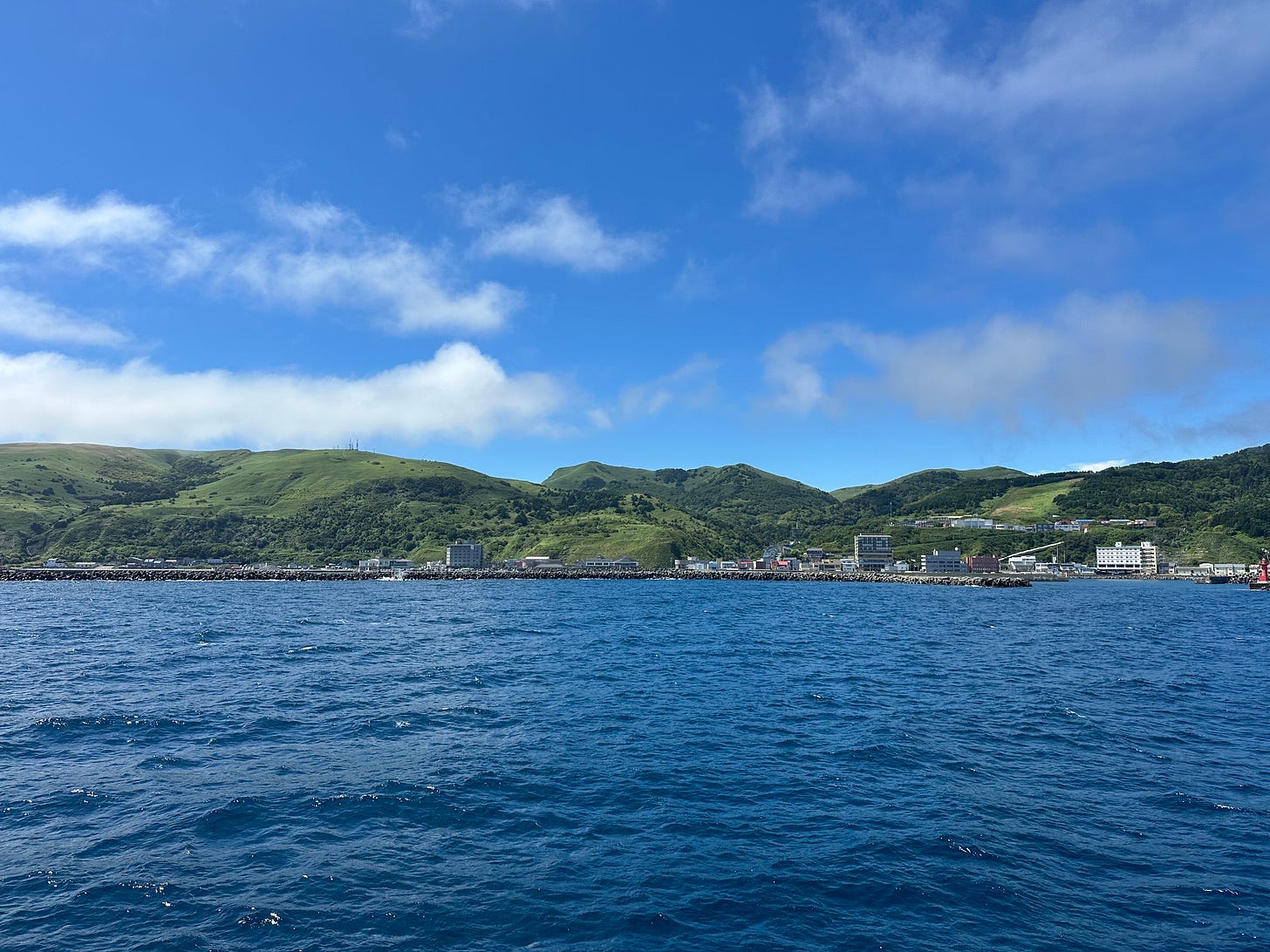
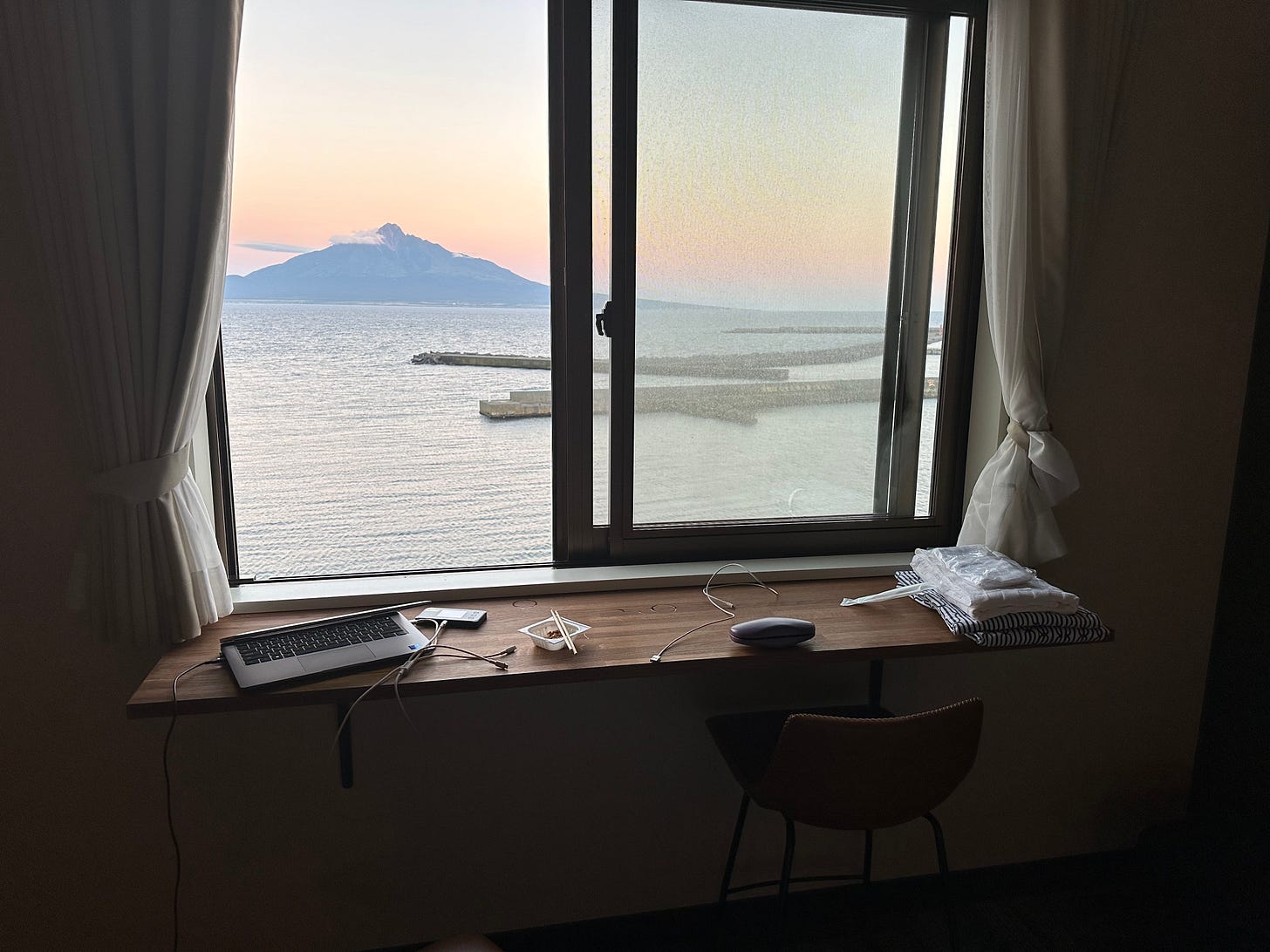
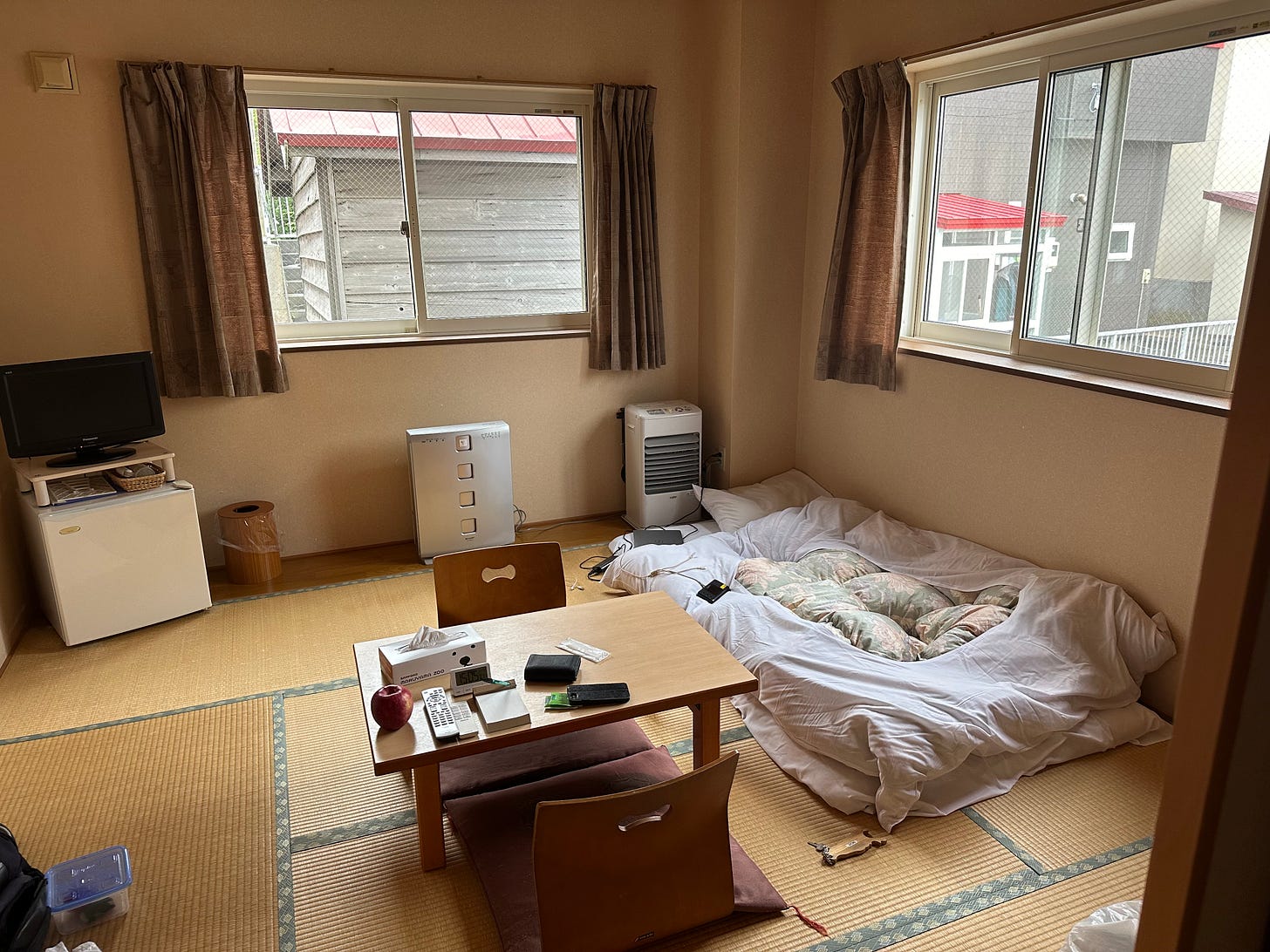
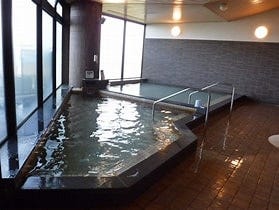
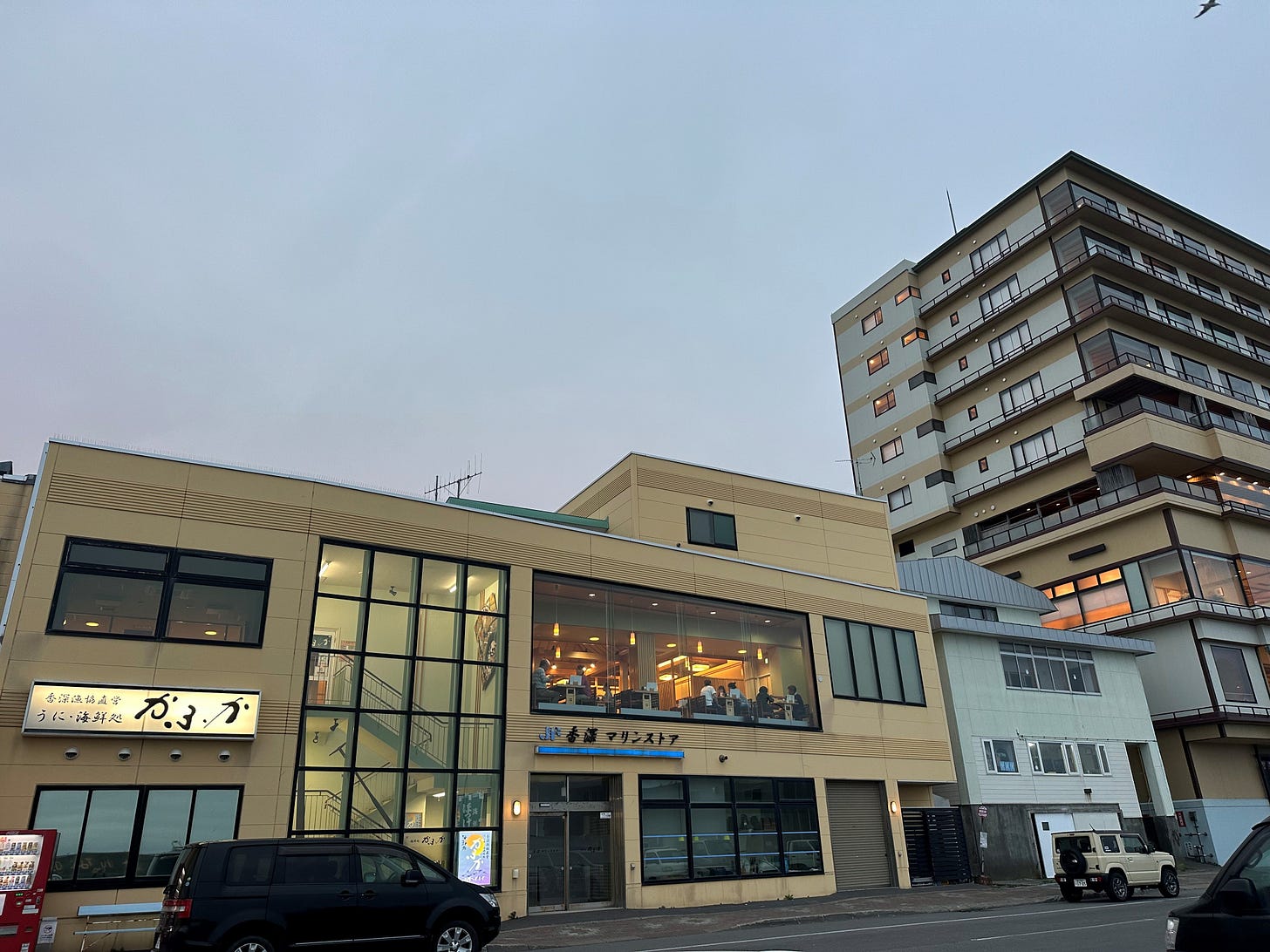
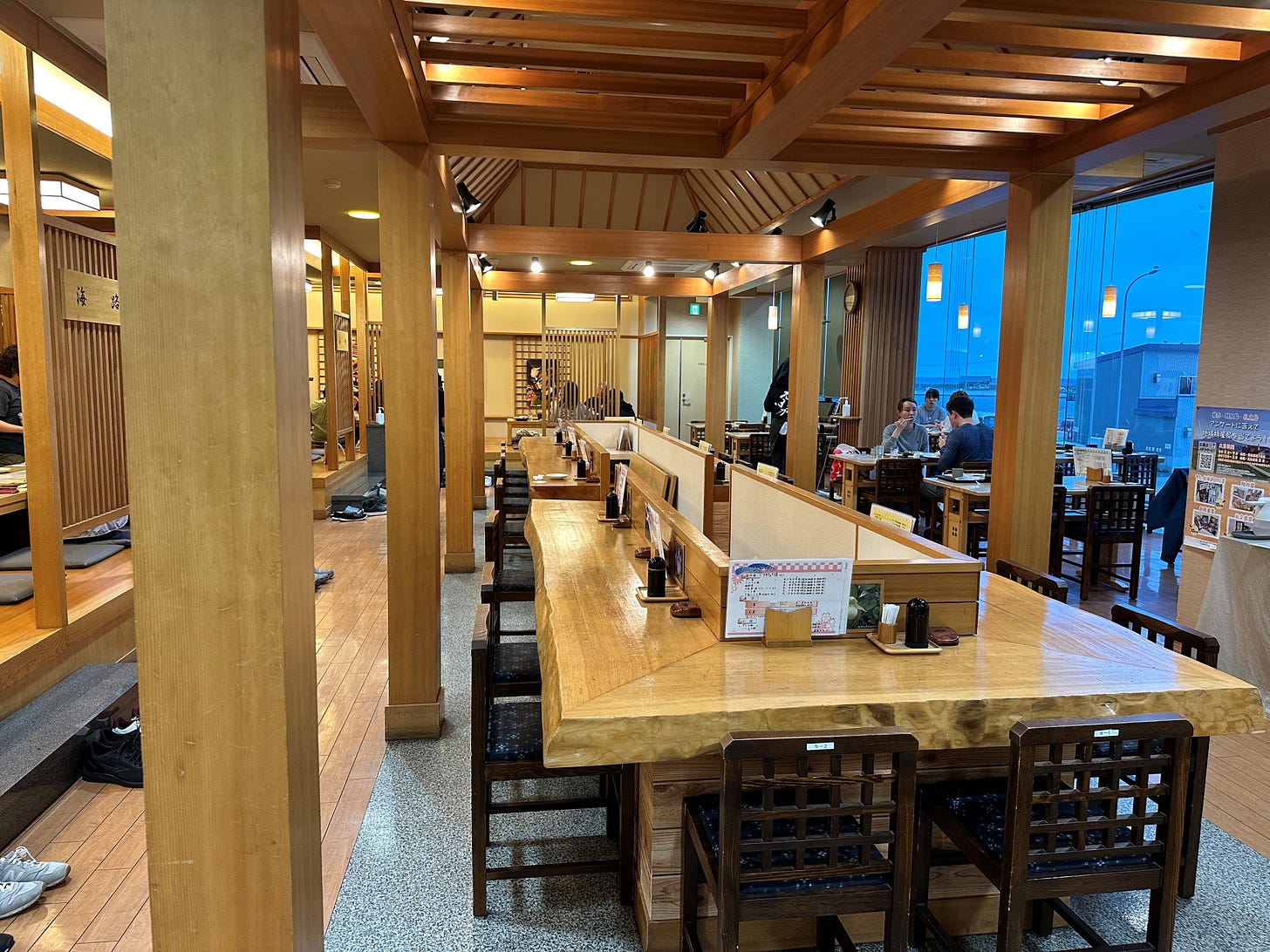
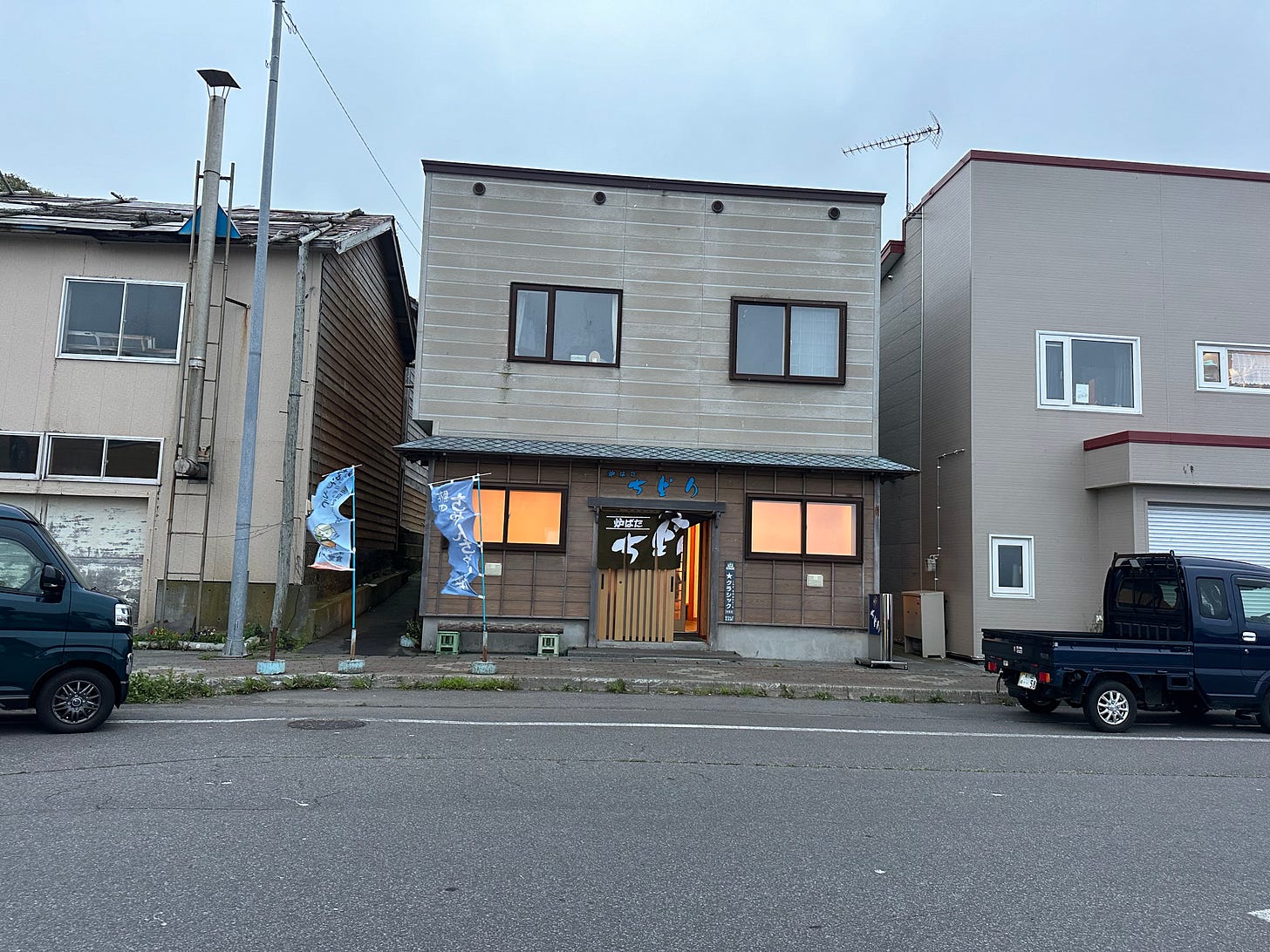
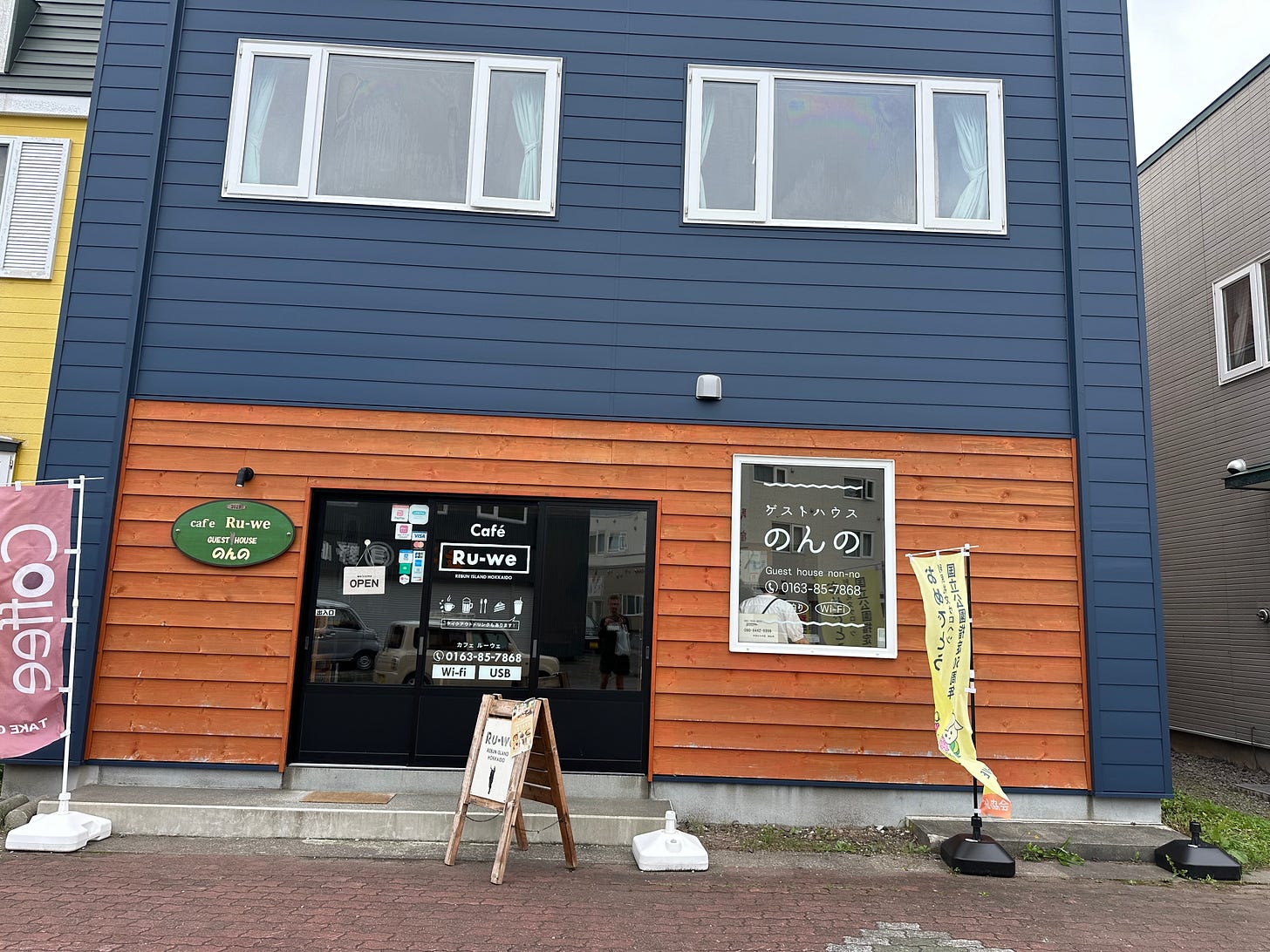
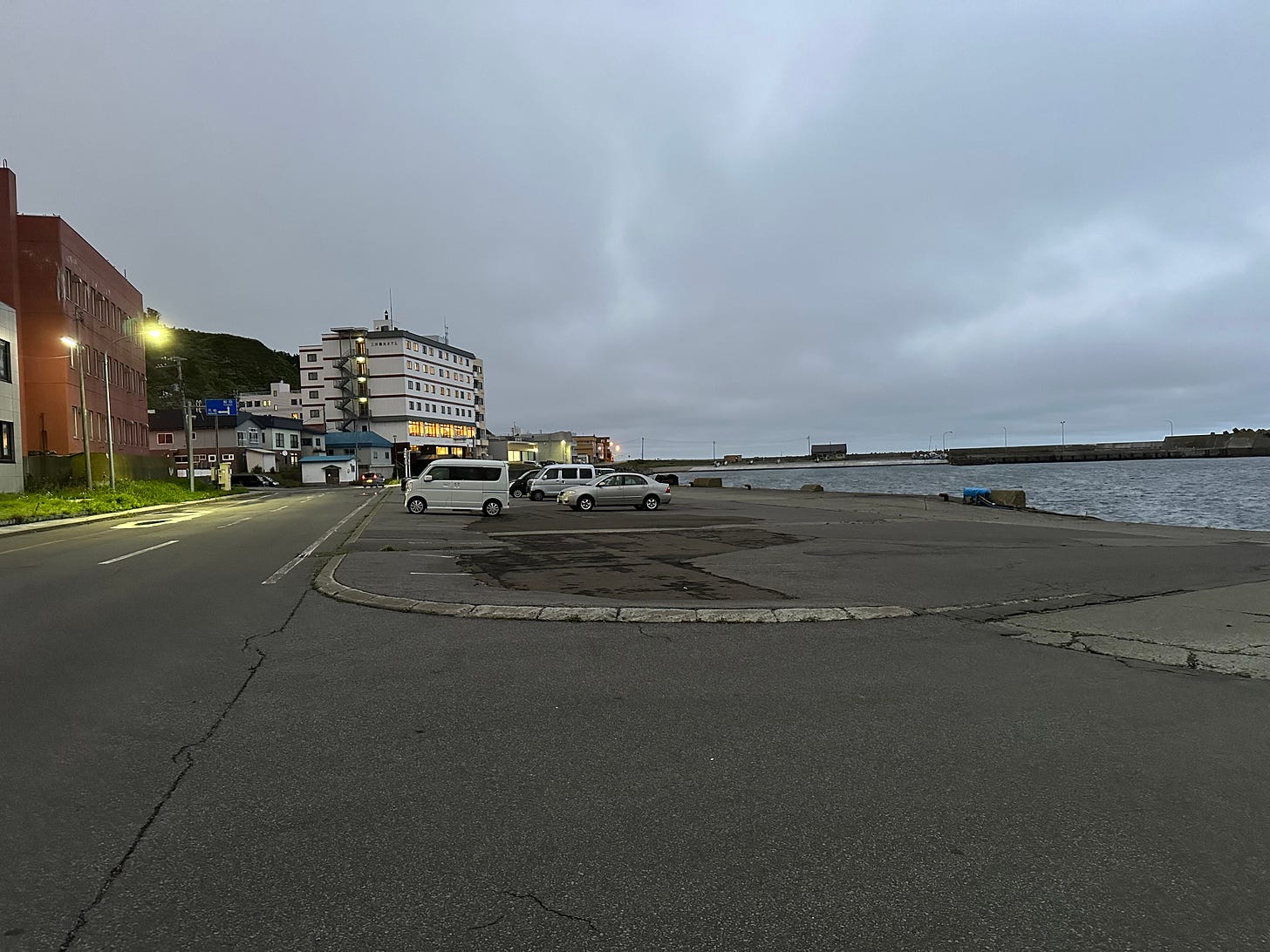
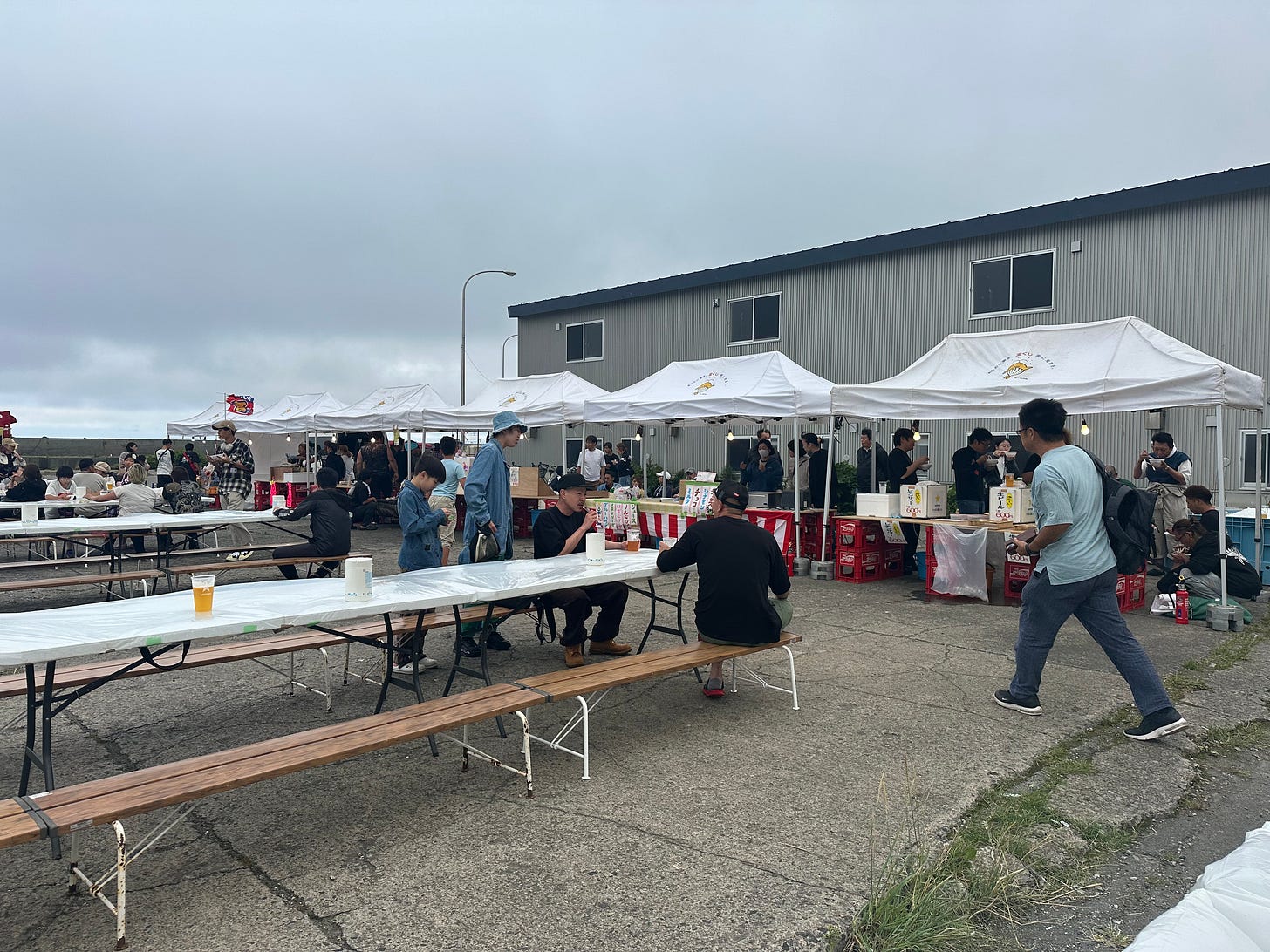
Looking forward to Parts 2 & 3!
When I travelled to Hokkaido in 1996, I ended up going northeast to Shiretoko, but I definitely want to check out Rebun and Rishiri. Looking forward to part 2 and 3.